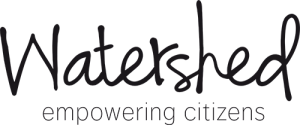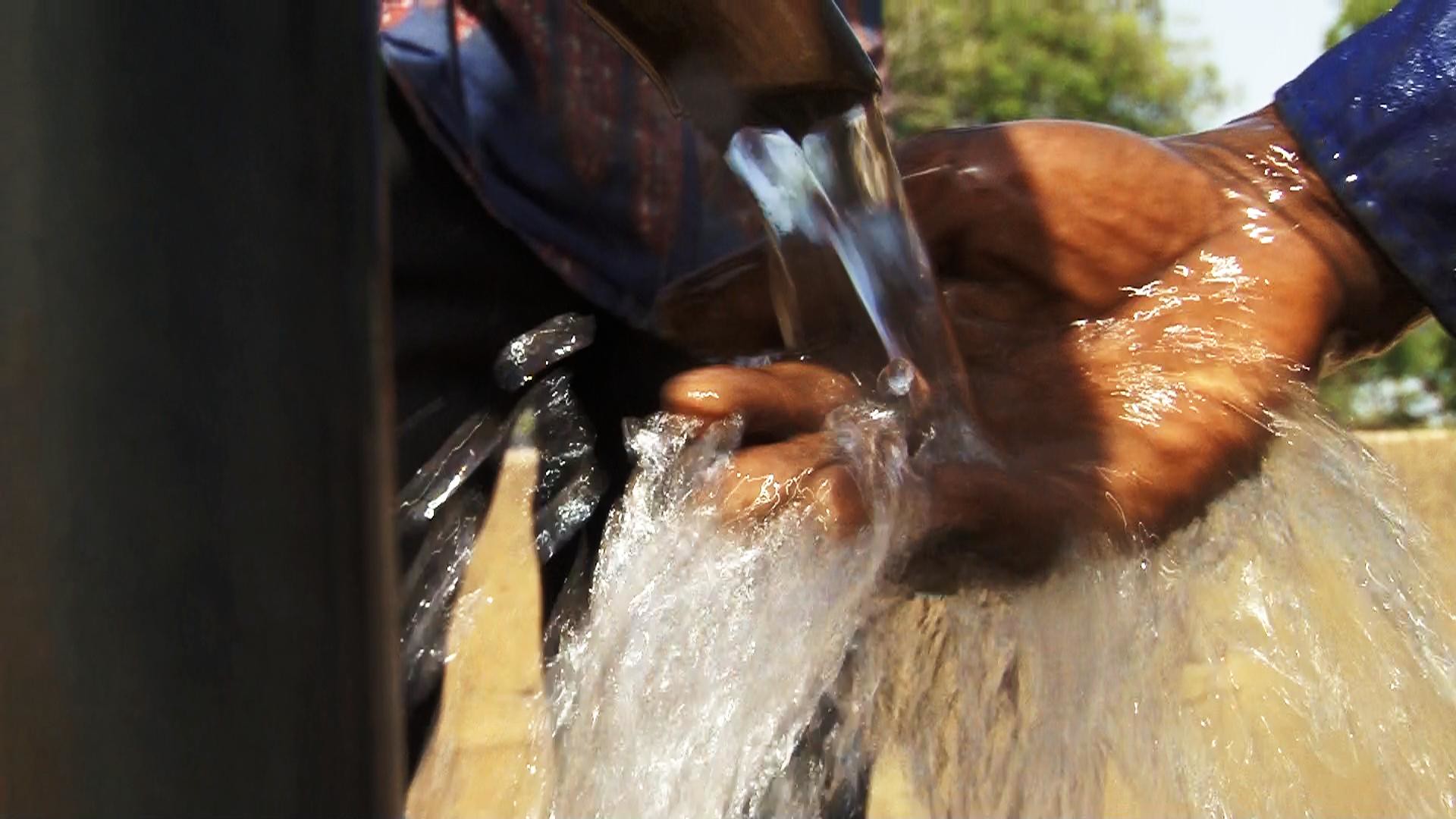This paper aims to inform the discussions on financing the Ministry of Foreign Affairs’ 50/30 commitment, by proposing a financial framework for the implementation of the WASH strategy for the period 2021-2030.
The first part of the document sets out such a framework, based on the review of literature, and consists of:
- Definitions of the various life-cycle costs.
- Sources of funding for these costs.
- Definitions of the terms of match funding, financial leverage and blended finance.
- A set of four strategies to reduce the gap between the costs and sources of financing, namely:
- Reducing costs by supporting measures that will improve efficiency either in capital investments or in the ongoing delivery of WASH services.
- Increasing sources of finance. This can be done through match funding or by promoting financial leverage. In addition, measures can be put in place– both at sector and service provider level – that would allow other sources of finance to increase. These are mainly around increasing revenues from tariffs.
- Mobilising repayable finance for current investments, that in future would need to be paid back through taxes and tariffs.
- Strengthening some of the foundational issues that are critical for attracting finance, as identified by Pories et al. (2019).
The second part of the document applies that framework to the context of the WASH strategy. In that, the document starts from the recognition that financing the WASH strategy is not merely a matter of mobilising funds for providing first time access to 50 and 30 million people. It is ensuring that the life-cycle costs of the 50 and 30 million people are financed adequately from a mix of financial sources.
Author: Smits, S. and Rozenberg, E.
Location: NL
Language: English
Type: Working/ technical paper

